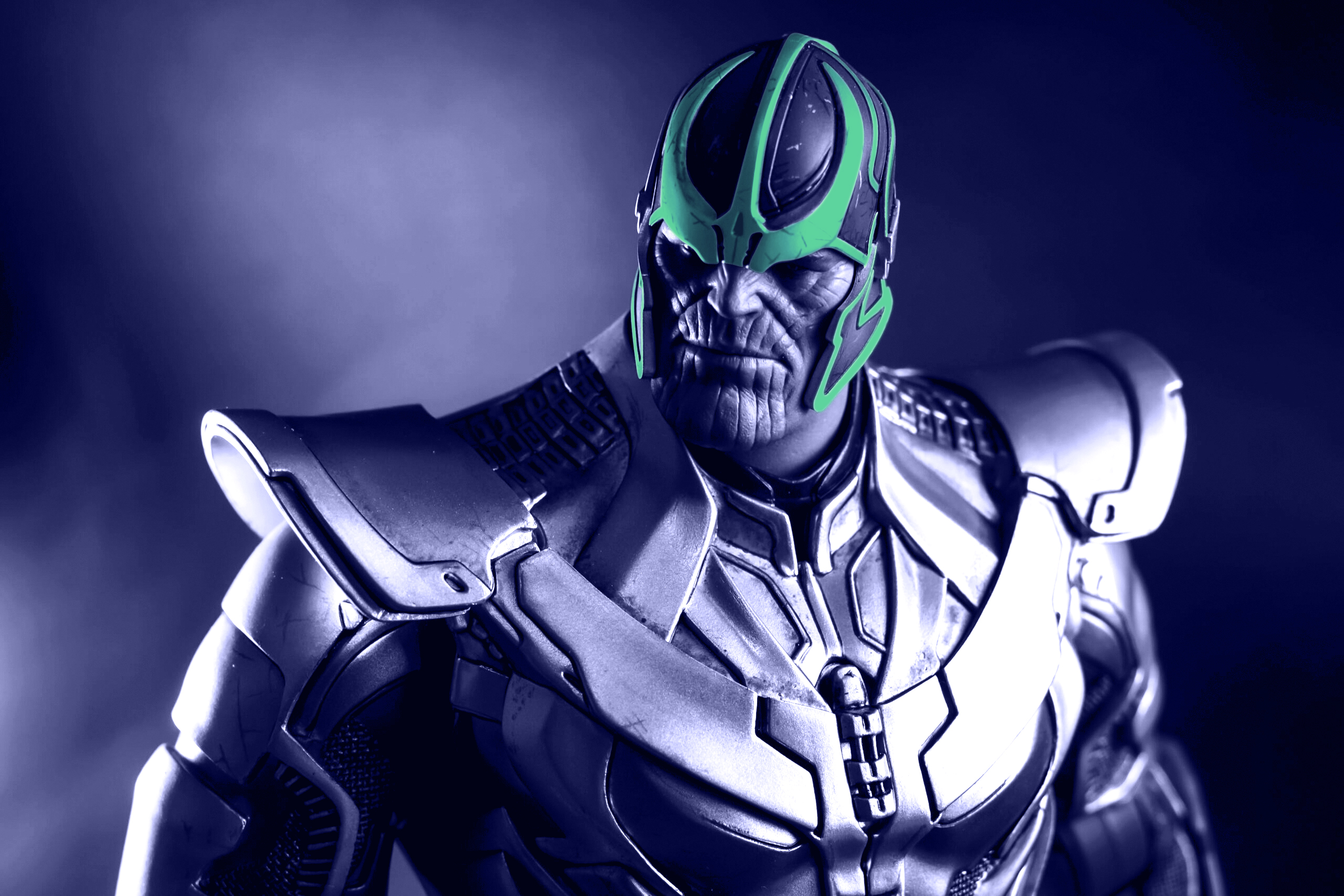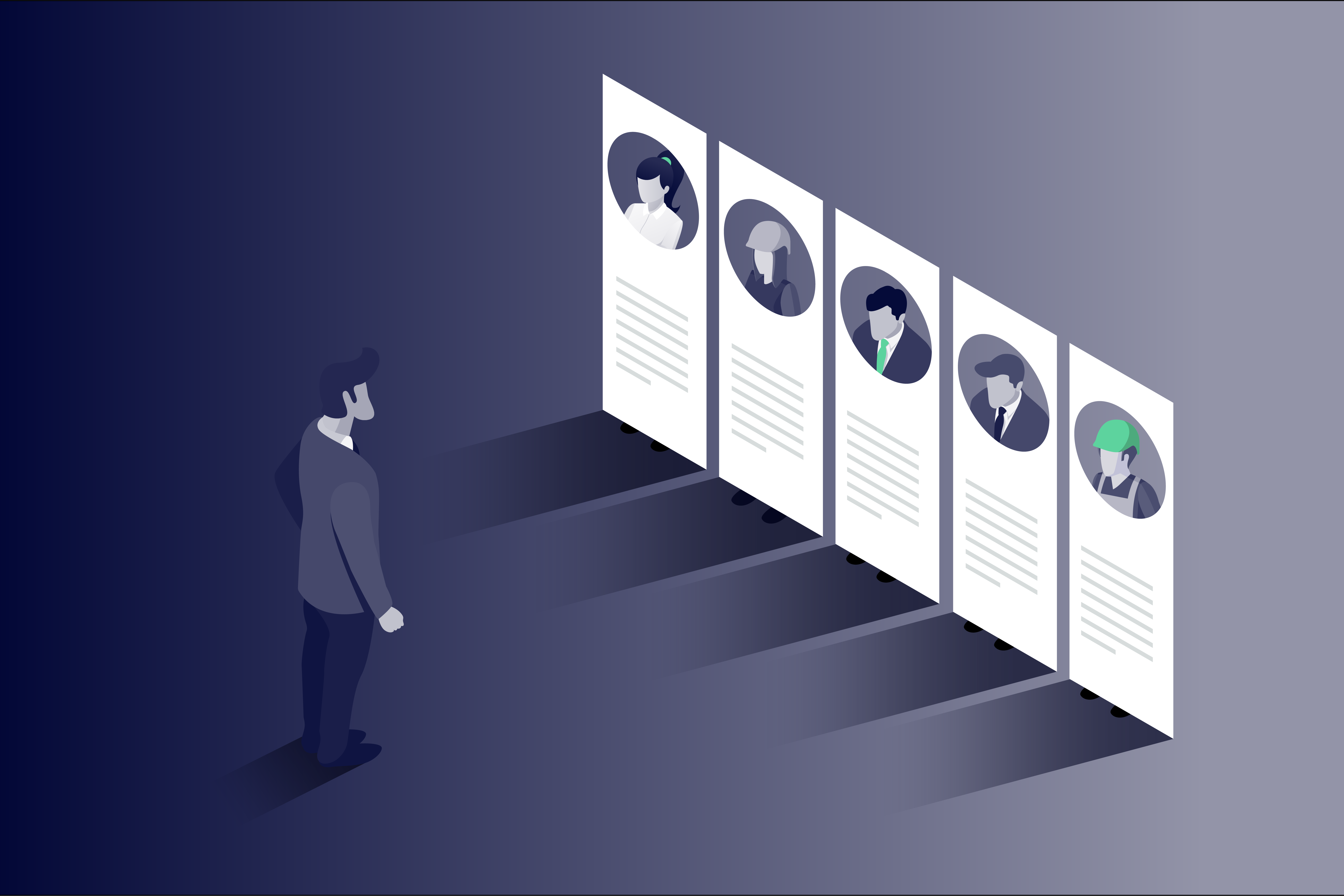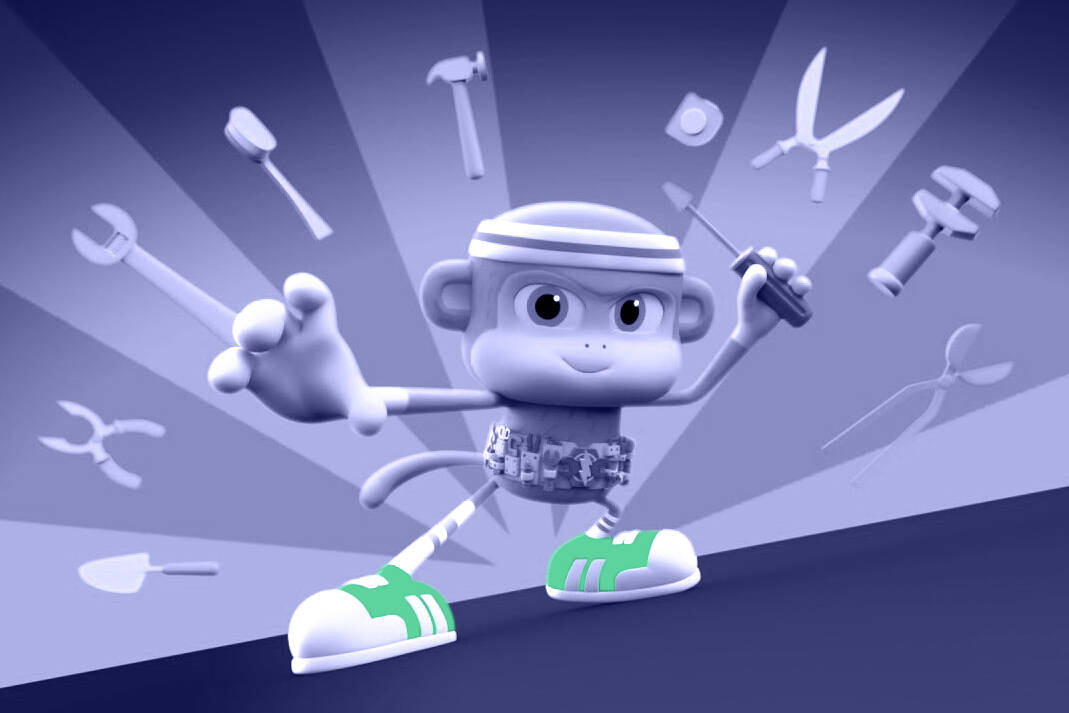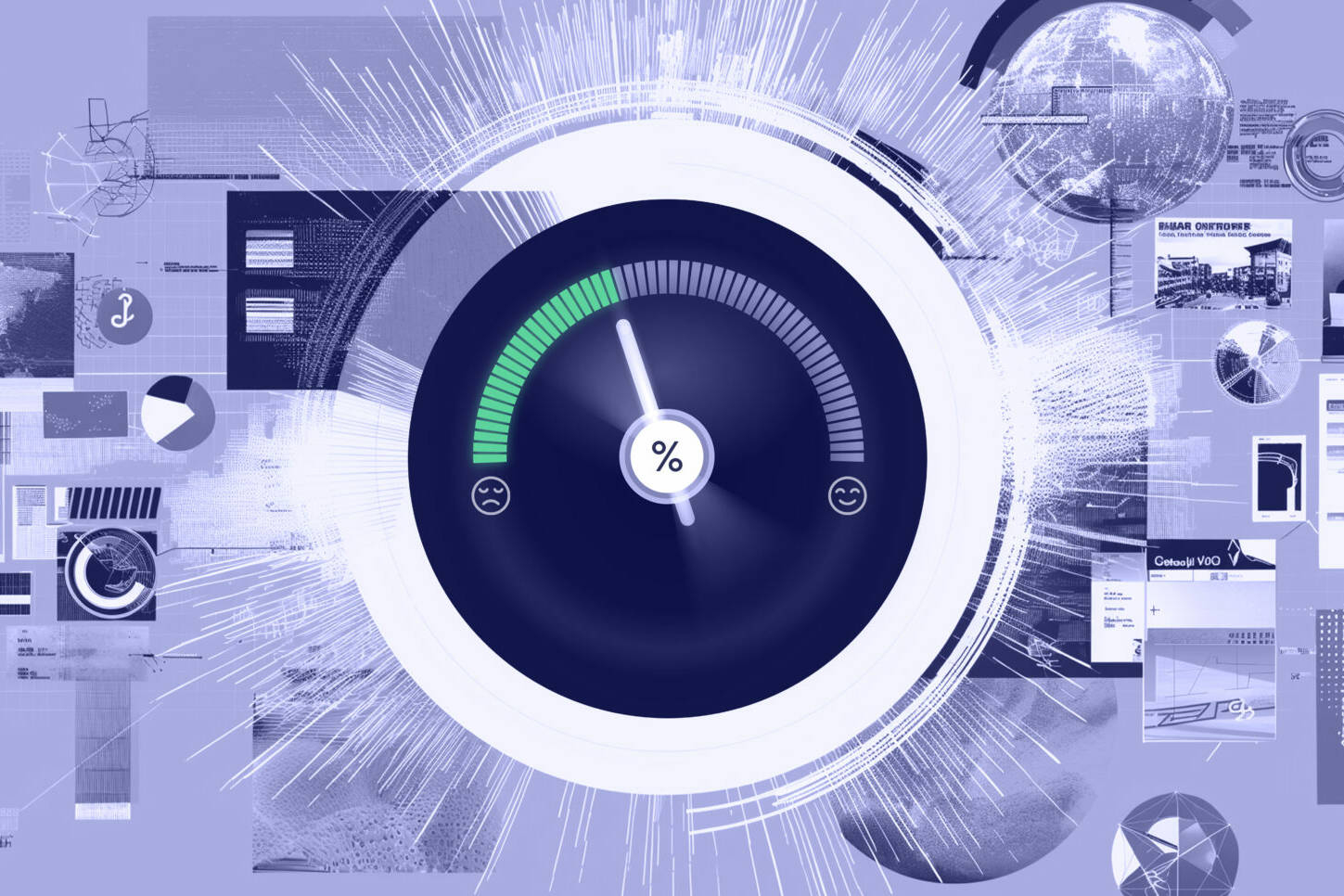Video killed the radio star. The Y2K bug was set to destroy life as we knew it. Oh, and shhh – you can’t trust Alexa, she’s listening in again! Let’s be real for a minute: waves of technological disruption throughout history have always been met with trepidation. Now, it seems it’s the turn of AI tools to take to the spotlight.
Unless you live under a rock, you’ll probably have heard the fuss about the rise of the aforementioned AI tools and their potential to threaten people’s jobs (namely those of us in B2B creative industries).
From impressive image generators like Midjourney, to language models like chat GPT, there’s no denying that generative AI opens up a world of exciting new opportunities.
But, for those of us working creative disciplines within competitive industries, is this hesitance to embrace AI in B2B environments justified, or is it simply scaremongering in light of another tech fad?
Quantity vs. quality
As a B2B marketing technology, one of the key advantages of AI from a copywriting perspective is its ability to quickly generate large volumes of written content. This is, of course, tempting for time-poor digital marketers, particularly in roles where the demand for writing, sourcing and scheduling original content is ever growing. Additionally, AI technology may help ensure that any content generated is legible and free of spelling and grammatical errors, improving the overall quality of the copy at a glance. So far, so good.
But that’s not the end of the story. Truly effective writing is a craft. There’s a reason that companies invest in professional copywriters and don’t let ‘just anyone’ write their precious content. And for the exceptions that do, well, the results speak for themselves. Content mills, for example, get a bad rap for a reason, as they’re focused on quantity of content rather than the quality. All this begs the question – is auto-generated content really capable of creating compelling and engaging narratives that capture your audience’s attention?
The pros and cons
It’s undeniable that there are obvious benefits to using AI tools due to their accuracy and speed. They’re also often capable of automating certain tasks – freeing people up and affording them more time to spend on other responsibilities. These can feel instantly appealing for, say, marketers whose main focus is on driving revenue in the short term.
However, AI tools are certainly not infallible. There are growing reports of them often returning errors and even generating biased results. (For example, see the case of ChatGPT’s Google rival “Bard” and the uproar its mistake caused during its live demo debut.)
Ultimately, the industry you work in will have a big bearing on how relevant the use of AI is to your role personally. But when you boil it down, people are at the heart of any good business. And people want to hear and buy from, well, for lack of a better word…people.
From an effective marketing perspective, adding a touch of “you” to your copy enhances your messaging. It’s the reason a distinctive tone of voice is so important for brands. It can set you apart and help to foster a much deeper sense of connection with your audience. Which ultimately, is the thing that makes your product or service memorable. In competitive spaces, not standing out means being overlooked. It’s as simple as that.
As impressive as some machine learning models may be, they simply can’t account for wit, sensitivity, nuance, personality, humour, and ultimately the human experience. For everything AI offers, what it can’t replace is true creativity and relatability.
Ask any creative professional you know. They’ll likely be the first to tell you that the creative process is not linear. The act of being creative involves thinking outside the box. That often means deviating from evidence-based answers. It’s about joining dots and seeing things differently. In truth, the creative process can bring a lot of disorder. It takes patience, setbacks and sometimes frustration before those big juicy ideas happen. Can AI really capture that imagination when it’s programmed only to see things as precise and ordered?
You can prompt a machine until the cows come home, but it can only ever work with what you’ve given it. Ideation and true creativity are borne out of idiosyncrasies and real-life experience – all of which technology can attempt to replicate but can never truly capture.
The verdict
From a copywriting point of view, there’s nothing wrong with using AI to curb initial writer’s block, sift through time-consuming technical data, gain insights more quickly, or to simply kick-start some inspiration ahead of a tricky creative project. But with that said, there are far too many downsides to having all of your copy done by AI tools without a human writer running the show.
We’re living in an era where AI is in its early stages, and it’s clear that we’re only beginning to scratch the surface of what it can do. Where we go from here, time will only tell. But in an age rife with misinformation and fake news, it’s important to have our own minds and take stock of the fact that context is everything.
The use of AI tools and automation can be a great jumping off point for original ideas, but ultimately, it’s how these tools are used going forward that makes all the difference. When used exclusively, it’s likely that AI alone doesn’t have all the answers. But when harnessed in the right way, with a professional creative at the helm, the possibilities are endless.
Ultimately, it doesn’t need to be a case of ‘all for’ or ‘all against’ AI. Technology is forever adapting and the more we embrace it the more we can learn. There’s power in joining forces when tech is being used to augment and strengthen existing creative, rather than attempting to replace it altogether.










